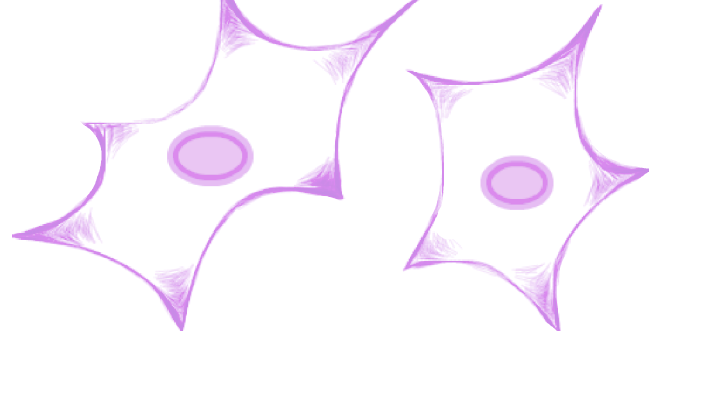Cell Senescence Entries for CHEK2
- Cell Types
- Cervical cancer, Colon cancer
- Cell Lines
- DLD1, HeLa
- Cancer Cell?
- Yes
- Method
- Overexpression
- Type of senescence
- Unclear
- Senescence Effect
- Induces
- Primary Reference
- Chen et al. (2005) Dual induction of apoptosis and senescence in cancer cells by Chk2 activation: checkpoint activation as a strategy against cancer. Cancer Res 65(14)6017-21 (PubMed)
CHEK2 Gene Information
- HGNC symbol
- CHEK2
- Aliases
- bA444G7; CDS1; CHK2; HuCds1; PP1425; RAD53
- Common name
- checkpoint kinase 2
- Entrez Id
- 11200
- Description
- In response to DNA damage and replication blocks, cell cycle progression is halted through the control of critical cell cycle regulators. The protein encoded by this gene is a cell cycle checkpoint regulator and putative tumor suppressor. It contains a forkhead-associated protein interaction domain essential for activation in response to DNA damage and is rapidly phosphorylated in response to replication blocks and DNA damage. When activated, the encoded protein is known to inhibit CDC25C phosphatase, preventing entry into mitosis, and has been shown to stabilize the tumor suppressor protein p53, leading to cell cycle arrest in G1. In addition, this protein interacts with and phosphorylates BRCA1, allowing BRCA1 to restore survival after DNA damage. Mutations in this gene have been linked with Li-Fraumeni syndrome, a highly penetrant familial cancer phenotype usually associated with inherited mutations in TP53. Also, mutations in this gene are thought to confer a predisposition to sarcomas, breast cancer, and brain tumors. This nuclear protein is a member of the CDS1 subfamily of serine/threonine protein kinases. Several transcript variants encoding different isoforms have been found for this gene. [provided by RefSeq, Apr 2012].
CHEK2 Ontologies
- Gene Ontology
-
Process: GO:6468; protein phosphorylation
GO:7049; cell cycle
GO:16310; phosphorylation
GO:6915; apoptotic process
GO:6355; regulation of transcription, DNA-templated
GO:51301; cell division
GO:6281; DNA repair
GO:6974; cellular response to DNA damage stimulus
GO:45893; positive regulation of transcription, DNA-templated
GO:6302; double-strand break repair
GO:42176; regulation of protein catabolic process
And 26 more GO terms Cellular component: GO:781; chromosome, telomeric region
GO:5634; nucleus
GO:5794; Golgi apparatus
GO:5654; nucleoplasm
GO:16605; PML body
GO:5737; cytoplasm
Show all GO termsFunction: GO:4672; protein kinase activity
GO:5524; ATP binding
GO:5515; protein binding
GO:46872; metal ion binding
GO:166; nucleotide binding
GO:4674; protein serine/threonine kinase activity
GO:4712; protein serine/threonine/tyrosine kinase activity
GO:16301; kinase activity
GO:16740; transferase activity
GO:106310; protein serine kinase activity
GO:31625; ubiquitin protein ligase binding
And 4 more GO terms
Homologs of CHEK2 in Model Organisms
- Caenorhabditis elegans
- CELE_T08D2.7
- Danio rerio
- chek2
- Drosophila melanogaster
- lok
- Mus musculus
- Chek2
- Rattus norvegicus
- Chek2
- Saccharomyces cerevisiae
- DUN1
- Schizosaccharomyces pombe
- cds1
In other databases
- GenAge model organism genes
- GenAge human genes
- This gene is present as CHEK2
External links
- OMIM
- 604373
- Ensembl
- ENSG00000183765
- Entrez Gene
- 11200
- UniGene
- 505297
- 1000 Genomes
- 1000 Genomes
- HPRD
- GenAtlas
- CHEK2
- GeneCards
- CHEK2
